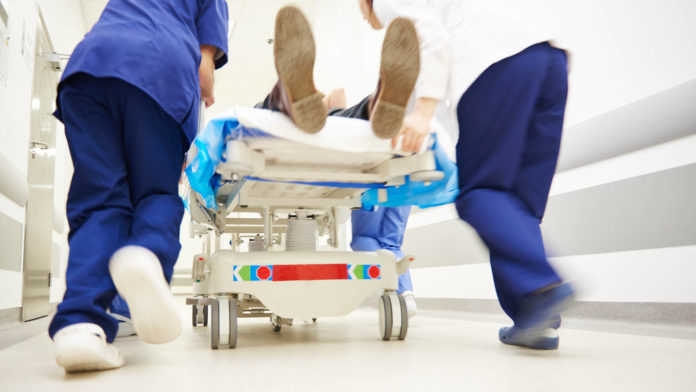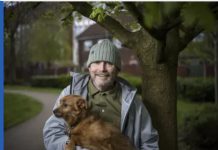Homeless people are attending hospital in ever greater numbers but are discharged back to the streets where they can enter a spiral of decline, readmission and premature death.
New analysis by the British Medical Association gathered through a series of FoI (Freedom of Information) requests responded to by the majority of trusts in England, reveal hospital attendances by patients with no fixed abode soared to at least 36,469 during 2018-19.
Those figures represent a massive rise from 11,305 in 2010-11 and a significant jump from figures for the year prior, 2017-18, which totalled 31,924, according to statistics previously collated by The Doctor.
Last year alone those emergency department attendances cost the NHS at least £5.8m, at £160 each.
It is a trend echoed in hospital admissions, too. In 2018-19, 11,986 admissions for patients of no fixed abode were recorded. In 2010-11 that total number was 3,378 and in 2017-18 it was 9,282, again according to figures previously collated by The Doctor.
For the first time FoIs were used to reveal the number of patients of no fixed abode stuck on hospital wards for ‘long stays’ – defined by the NHS as 21 days or longer.
In total 49 trusts said that at least 314 patients of no fixed abode had stayed in hospital for 21 days or more in 2018-19 – costing at least £5.4m, a deeply conservative figure based on NHS Improvement costings of an ‘excess bed day’ at £346, as the types of treatment received cannot be estimated, and many trusts would not reveal patient numbers.
Faced with this sort of demand – and without the tools to cope – frontline staff are left in an increasingly difficult position, making decisions that will have a huge effect on the health and life outcomes of their patients. After all, homeless patients die, on average, in their 40s.
Barbara Cleaver, emergency medicine consultant at Imperial College Healthcare NHS Trust, says the demand and complexity of patients, combined with lack of ability to make a difference to their homelessness, is obvious on the front line.
There is an under-the-iceberg figure of people,’ she says. ‘We have had 20 people sleeping rough in the waiting room and around the hospital grounds – there is a sense that this is a place that is open 24 hours a day and is warm, well-lit and safe.’
Dr Cleaver adds: ‘It’s pretty difficult to feel good about doing your job when you are put in those positions or if you are making people homeless. These sorts of things are happening much more than people think.’







